Keep on watering through winter to keep trees, shrubs and grass from dehydrating
Not long ago, you put your Pikes Peak region garden “to bed” for the winter. You cleaned, composted, fertilized and mulched. You drained your garden hose and sprinkler system. And you waited for the snow to fall.
But if you think you can leave your plants and trees hibernating until spring, guess again. They’re thirsty in winter, too.
It might seem counterintuitive, but in the region’s high desert climate, watering your lawn, shrubs and trees between October and March is a necessity. Deciduous and evergreen plants can dehydrate during the cold months, making them more susceptible to insects, stress, disease or even death.
The snow that falls in dry southern Colorado is not always enough to keep the soil moist.
“One of the biggest things people don’t realize in Colorado is the snowfalls we’ve been getting have resulted in very little precipitation. It takes 10 inches of snow to equal 1 inch of rain,” said Jeremy Hughes, operations manager for Weisburg Landscape Maintenance in Colorado Springs. “Snow like we saw recently, powdery puffy snow that never actually turns to liquid, goes straight to gas without ever getting moisture into the soil. Just because it snows doesn’t mean you’re actually getting enough moisture for trees or grass or shrubs.”
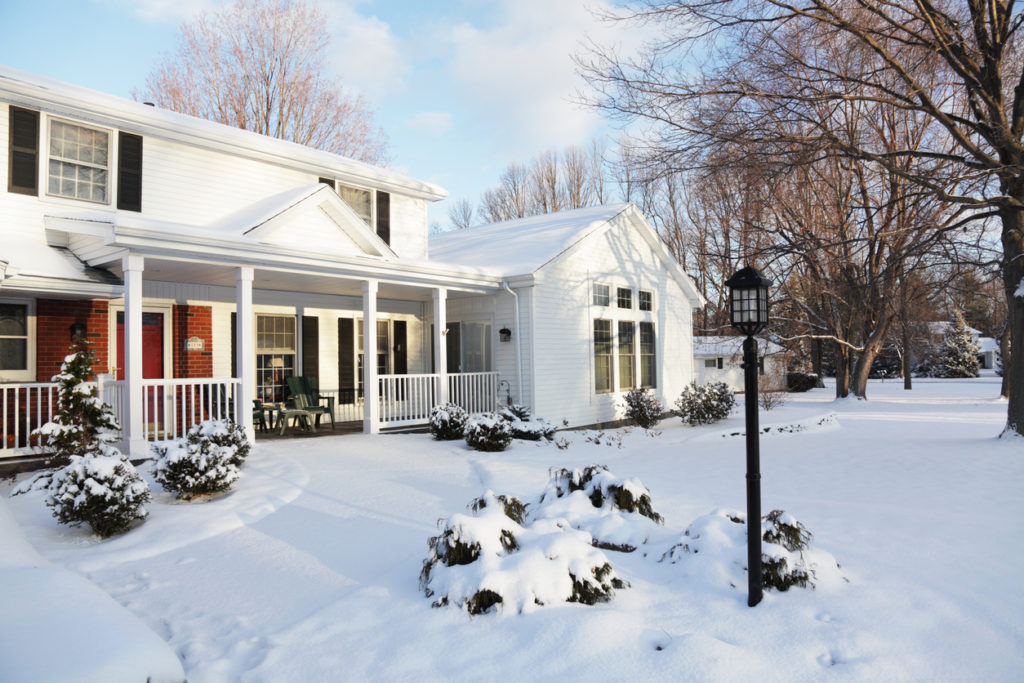
Photo Credit: Willowpix (iStock).
Hughes said his firm sends out winter watering proposals to serve its clients every year.
“We recommend doing it about twice a month when we’ve had no moisture and there’s no snow cover on the ground,” he said. “The best time to do it is midday, when the temperature is above 40 degrees. You don’t want to cause ice on the lawn or around your trees.”
Plants watered over the winter have a better chance of greening healthily when warm weather returns. But weakened plants can be vulnerable to insects and disease. Turf is susceptible to mite damage in late winter, especially in places with a southwest exposure, which warm more under the sun, Hughes said.
Damage to turf is often the result of two tiny pests: the reddish-brown clover mite or green Banks grass mite. These creatures feed on turf, producing a range of symptoms from small flecking wounds to a general bleaching and eventual death of the grass. The mites don’t tolerate moist conditions, so the best way to deter them is by providing adequate water during winter and early spring. Watering also staves off drought stress on plants.
“On properties where winter watering is not done, you’ll see winter-kill not just on trees and shrubs, but also on turf,” Hughes said. “You’ll see half a tree die off because if you don’t get it winter watered, you’ll get root die-back. The tree’s no longer able to get enough nutrients for itself.”
This is especially true with newer plantings, said Stephanie Early, chief strategic officer at Timberline Landscaping in Colorado Springs.
“The damage varies by the type of tree or plant … Typically, when things come back in the spring, you’ll see signs of stress in the plant. You can have areas of winter-kill, or you can have complete death, which is what we’ll see especially in newly planted landscapes — something planted in the last one or two years. And replacing landscaping is costly,” Early said.
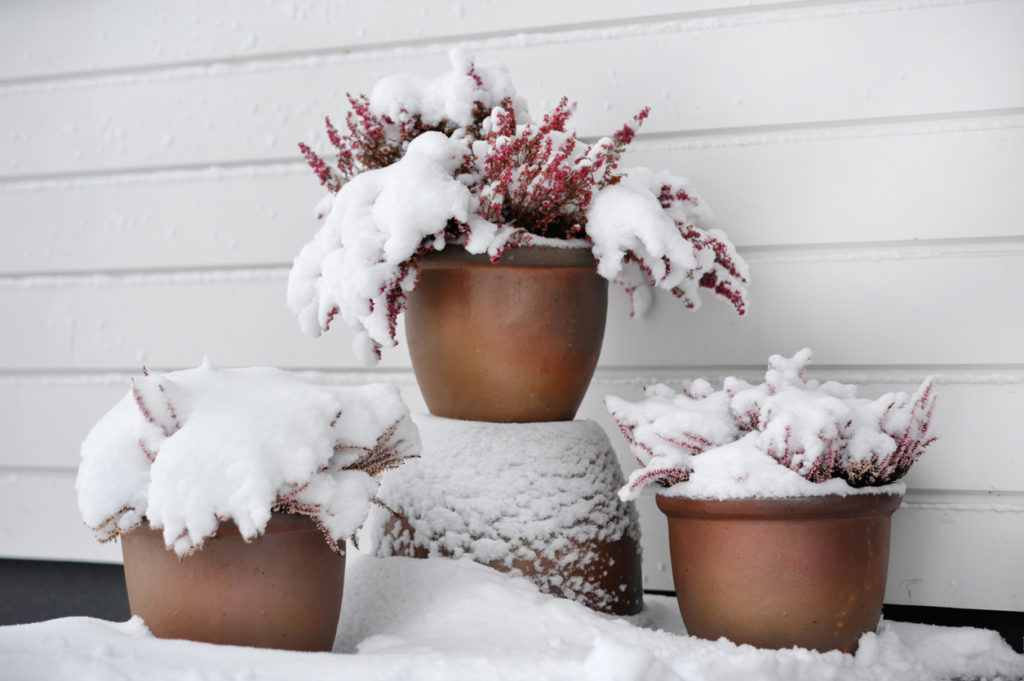
Photo Credit: Eerik (iStock).
If the ground is frozen, adopt a “cycle and soak” approach. Turn the water on for a while, then turn it off so it soaks in, and then repeat the cycle. This reduces wastewater runoff, she said.
“Make good use of the water you’re using,” she advised.
A rule of thumb is to apply 10 gallons of water for each diameter inch of a tree. For example, a 2-inch diameter tree needs 20 gallons per watering, says the Colorado State University Extension in a Fall and Winter Watering Fact Sheet.
Water trees and shrubs within their dripline, the area of the root spread beneath the foliage. Shrubs under 3 feet tall need 5 gallons of water monthly. Shrubs higher than 6 feet need 18 gallons monthly, says the Extension.
“For residential customers, it’s really important to detach the hose from the house after you water. Because if you leave it attached to your spigot, that can freeze and break. Also, you can crack the hose and have to get a new one if water freezes in there,” Early said.
But don’t turn on your irrigation system in winter, or the pipes might freeze, she said.
One way to determine whether more moisture is needed is by using a moisture meter, available at garden centers. Timberline Landscaping advises buying one with a 6- to 12-inch probe so you can check the moisture level of your trees at root level.
The amount of water in the soil varies throughout Colorado Springs, where soils fluctuate from being more sandy to more clay, Early said.
It’s most important to water newly planted lawns, trees, shrubs and flowers in March and April when new roots are forming, says Colorado Springs Utilities. But don’t worry about succulents and other low-water plants.
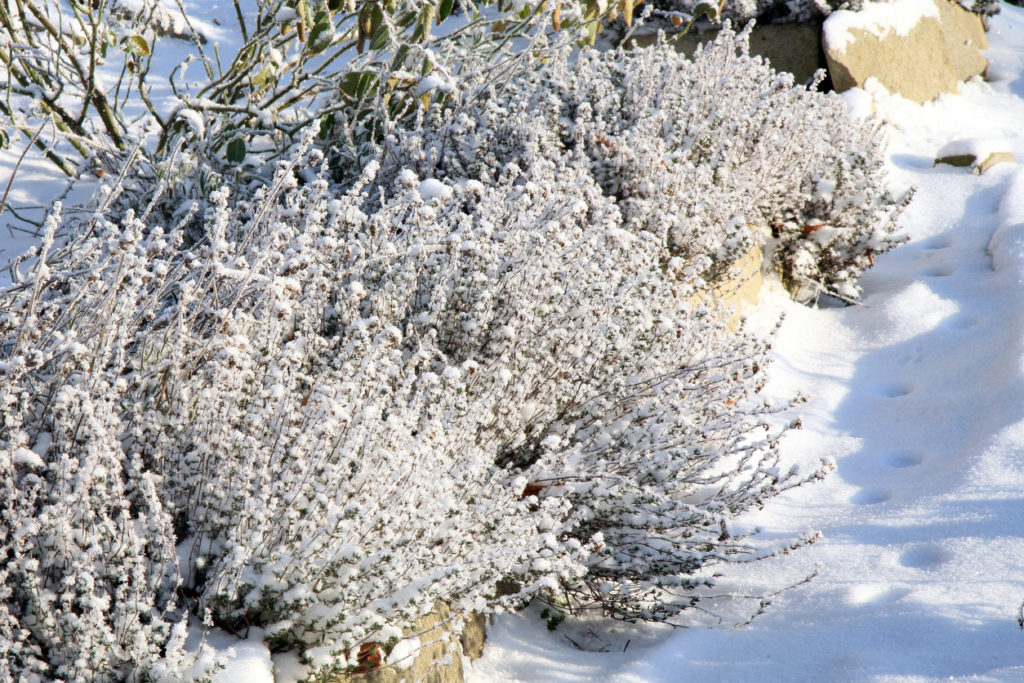
Photo Credit: fotokate (iStock).
The utility provider says shrubs and trees that don’t get watered regularly may seek hydration from your wastewater pipes.
“Roots are a common cause of pipe damage, and repairs can be messy and costly,” says the Colorado Springs Utilities website. It recommends having your pipes checked yearly, especially if you live in a long-established, heavily treed neighborhood.
If time is a concern, prioritize watering evergreens, which are most susceptible to freezing in winter, Early said.
“The biggest misconception about winter watering is people say, ‘Well, it snowed.’ But these traces of snow we get are just not enough for plants to thrive on,” she said.
Better safe than sorry, come spring.

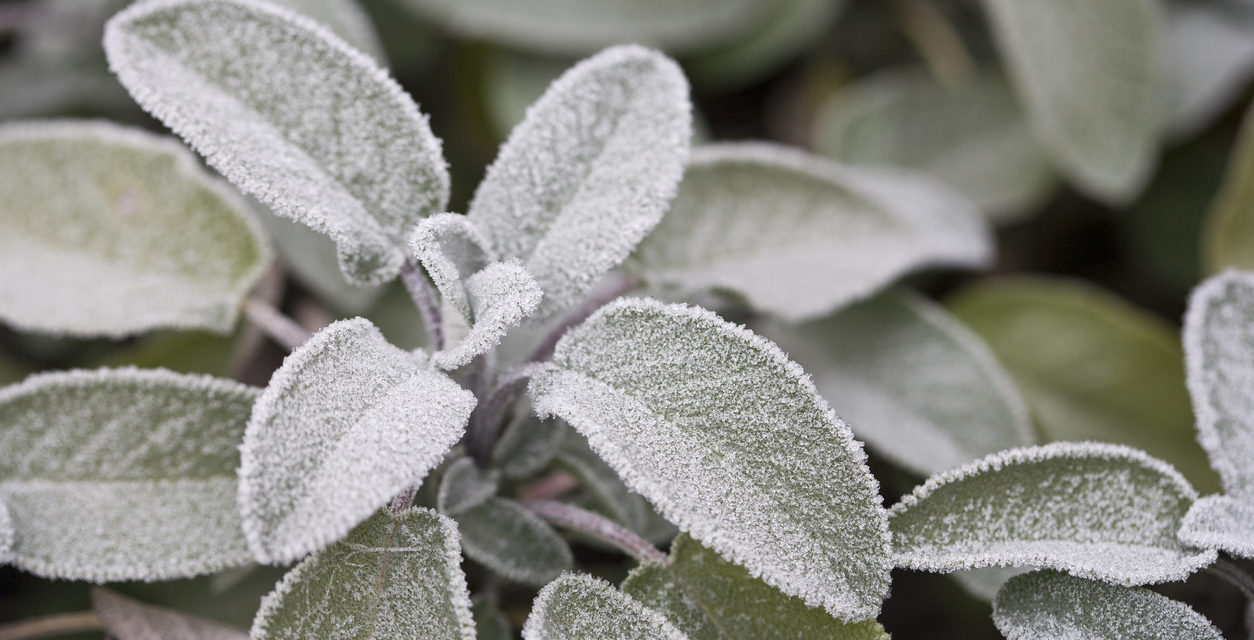 Photo Credit: diephosi (iStock).
Photo Credit: diephosi (iStock). 

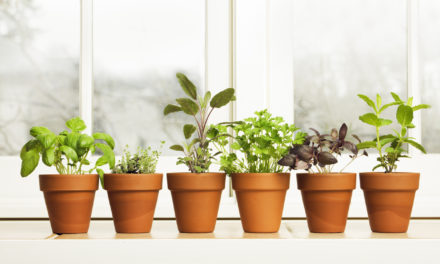
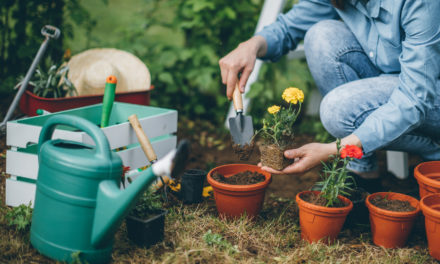
Comment on: How to Save Your Trees, Shrubs, and Grass from Dying This Winter